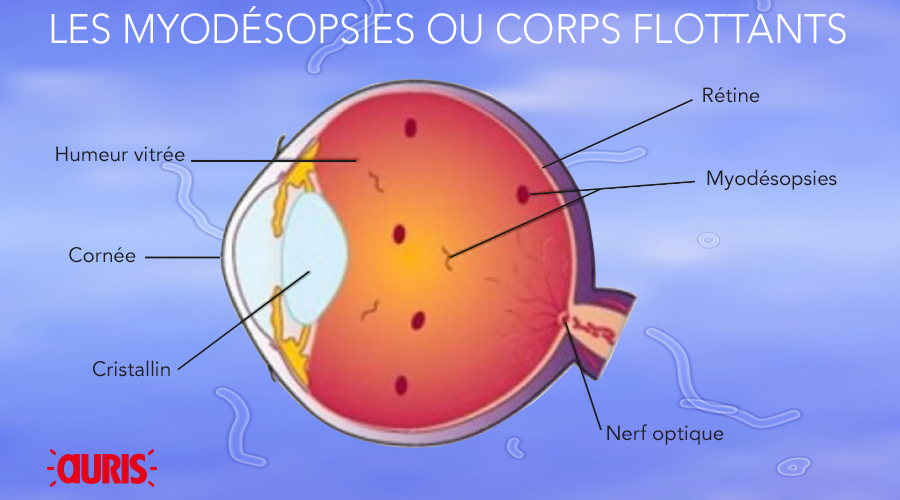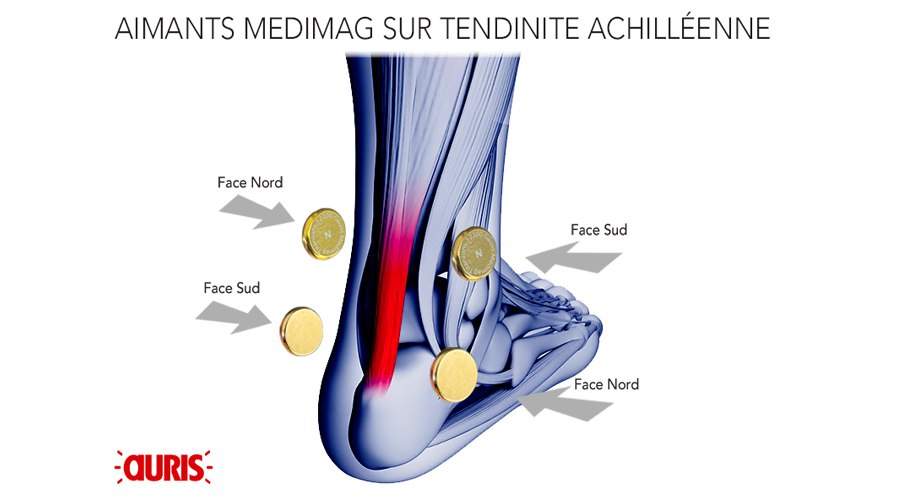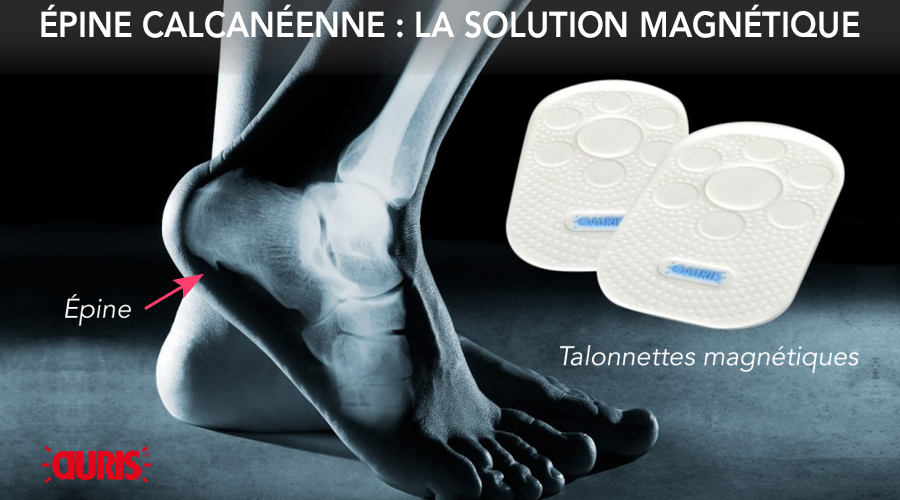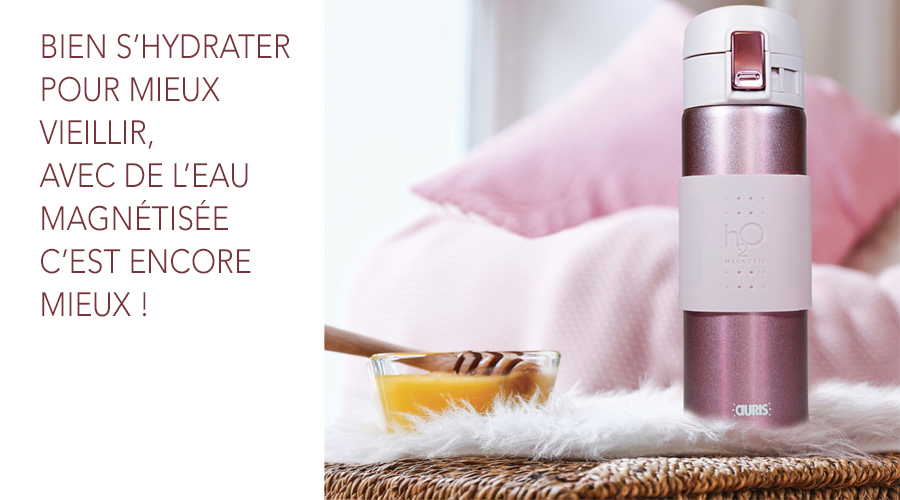Diet to combat migraines
15% of the world's population suffers from migraines, according to data from Inserm. These headaches manifest themselves in the form of attacks, sometimes accompanied by nausea and intolerance to noise or light. They can be triggered by a number of factors: consumption of stimulants such as coffee, the presence of flashing lights, stress or hormones. But there are protective factors.
Researchers at Jinan University in Guangzhou, China, studied the association between dietary fibre intake and the prevalence of severe headaches or migraines, using data from a national health and nutrition survey collected between 1999 and 2004. After adjusting the results for other factors that could have an impact, they found that there was a significant inverse association between dietary fibre intake and severe headaches or migraines.
This means that an increase in dietary fibre intake is associated with a decrease in the incidence of migraine. "For each 10 g/day increase in dietary fibre intake, the prevalence of headaches or severe migraines fell by 11%", they explain. In the group with the highest fibre intake, the risk of migraine was reduced by 26%, compared with participants eating the least fibre.
To combat migraines, magnetic therapy proposes the headband. It combines compression of the skull with the action of magnets. It should be worn as soon as the migraine begins.

What are floating bodies?
They are shaped like filaments or small balls and may resemble bacteria: they are called floating bodies. They appear when small debris from the vitreous humour, the gelatinous mass inside the eyeball, casts its shadow on the retina, the light-sensitive structure at the back of the eye. These floating bodies have a scientific name: myodesopsias.Observing these myodesopsias is a natural and harmless phenomenon. They are most often seen in front of a light source such as the sky or a lamp.
Myodesopsias increase considerably with age because the vitreous humour retracts throughout life, causing micro-debris to appear. A sudden increase in the phenomenon may be linked to haemorrhage, a tear in the retina or an eye infection.
The treatment to eliminate floating bodies is laser. The action of the laser causes the floater to nebulise. A small floating body can be destroyed in a single session, but larger floating bodies require several sessions, as the amount of energy an eye can receive is limited.
When laser treatment is not possible, the other solution is virectomy. This involves suctioning out the vitreous and any floating bodies with it. This method is not without danger, as it can lead to serious complications. This is open eye surgery, so there is a risk of infection.
You can also get used to the presence of floating bodies. With time and habit, the mind hardly notices them any more...
You can also discover magnetic eye masks for greater visual comfort.

How can Achilles tendonitis be relieved?
Handsome, tall, brave and the son of a king, Achilles is the quintessential Greek hero. A demi-god, he has been virtually invulnerable since his mother Thetis bathed him as a child in the waters of the River Styx. But Achilles has a weak spot: his heel. The waters of the river did not reach the heel by which Thetis held him, and this weakness led to his death. After a lifetime of victories, Achilles died before Troy, shot by an arrow in his heel.
A few dozen centuries later, Achilles tendonitis is still the number one weakness in the runner's hit parade.
The Achilles tendon connects the foot to the leg, enabling flexion and propulsion movements. Often abused and fragile, despite being one of the strongest tendons in the human body, the Achilles tendon can be prone to tendonitis, a condition that can lead to rupture if not treated quickly enough.
There are many causes of Achilles tendinopathy: dehydration during exercise, lack of warm-up, poor stretching after running, over-intensive training, taking certain antibiotics or corticosteroids, or ill-fitting shoes that are too worn or too new, etc.
Treatment: rest is the first step. For sportsmen and women, in order to maintain muscular and respiratory capacity, non-weight-bearing sports (cycling, swimming) should be encouraged.
For magnetic therapy, you can use 4 Medimag Ø 15 mm magnets placed on either side of the tendon at rest, alternating the polarities. Keep them in place for 48 hours and then leave the skin to breathe for 24 hours. Repeat if necessary.

Heel spur: how can it be relieved?
The calcaneal spur (or Lenoir's spur) is a pointed bony growth that forms on the heel bone (calcaneus). This spur appears under the bone, in the area where the plantar fascia is inserted. The plantar fascia is a rigid, fibrous membrane under the skin of the foot that is inserted under the heel bone and attaches to the toes. It is this membrane that supports the whole foot and gives it the strength it needs to propel itself from back to front when walking. Its length determines the curvature of the foot. A hollow foot can cause pain to the aponeurosis.When this membrane is overstretched by microtrauma, during sport or if you are overweight, this can lead to inflammation known as "plantar fasciitis". This inflammation can lead to the formation of new bone cells, which accumulate to form a spur, known as a heel spur or Lenoir spur.
Sharp pain in the aponeurosis then occurs in the heel (at the level of the spur) or under the sole of the foot (or both), or may be associated with pain in the Achilles tendon.
In magnetic therapy, Auris magnetic heel pads are a solution both for relieving pain by limiting the pressure on the spur and for the anti-inflammatory action of the magnets placed around the periphery.

It's been proven that drinking plenty of water is good for your health!
People who stay sufficiently hydrated suffer from fewer chronic illnesses, have a longer lifespan and are in better health, according to a recent study.
A new study from the US National Institutes of Health (NHI), published this Monday 2 January in the journal eBioMedicine, reveals that adults who stay well hydrated appear to be healthier, develop fewer chronic diseases, such as heart and lung disease, and have a longer life expectancy.
Using data collected from 11,255 adults over a 30-year period, the researchers analysed the links between serum sodium levels and various health indicators. Serum sodium increases when a person's water intake decreases. In simple terms, if you are dehydrated, your serum sodium level rises.
Scientists found that adults with higher than normal serum sodium levels were more likely to develop chronic diseases and show signs of advanced biological ageing. Adults with higher levels were also more likely to die younger.
Researchers recommend that women consume between 1.5 and 2.2 litres per day. For men, the figure is 2 to 3 litres.
The authors of the study use the term 'liquid' because hydration is not just about drinking water. Liquids' also include juices, milk and hydration from food, such as vegetables and fruit with a high water content.
To boost your hydration, consider magnetised water. Water subjected to a magnetic field acquires enhanced hydrating properties.

Is lasting love visible on an MRI scan?
As Valentine's Day approaches, you might be wondering whether science has ever taken an interest in love. Well, 4 years ago, neuroscience researchers at the State University of New York wondered whether recording brain activity could predict the strength of a romantic relationship.They asked people in the early stages of a relationship to take part in an experiment: look at a series of photos, including one of their loved one, while their brain activity was measured.
Then, 4 years later, they contacted the same people again: some were still in a relationship, others had broken up.
They then analysed the brain imaging images taken 4 years earlier and found that those whose love affair was still going on had greater neuronal activity in an area of the brain called the caudate nucleus. This brain centre reacts in particular to beauty.
On the other hand, activity in certain areas involved in pure pleasure, such as the nucleus accumbens, was lower. This suggests that relationships based on genuine admiration for the other person's beauty are more likely to last than those based on pure physical pleasure.

